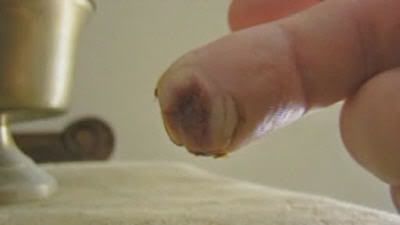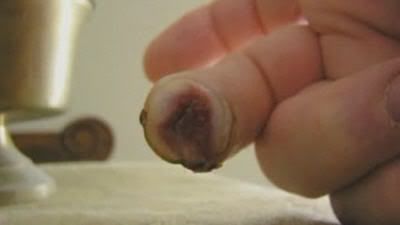Call me crazy, but don't call me using your cell phone.
New evidence on mobile phone hazard as cell phone usage is linked to brain cancer.
According to The Independent, a recent study led by a renowned neurosurgeon, Dr. Vini Khurana, strongly demonstrates that prolonged exposure to mobile phone radiation will result in brain cancer and neighbouring tissue damage:
It draws on growing evidence – exclusively reported in the IoS in October – that using handsets for 10 years or more can double the risk of brain cancer. Cancers take at least a decade to develop, invalidating official safety assurances based on earlier studies which included few, if any, people who had used the phones for that long.
“It is anticipated that this danger has far broader public health ramifications than asbestos and smoking,” says Professor Khurana, who told the IoS his assessment is partly based on the fact that three billion people now use the phones worldwide, three times as many as smoke.
|








